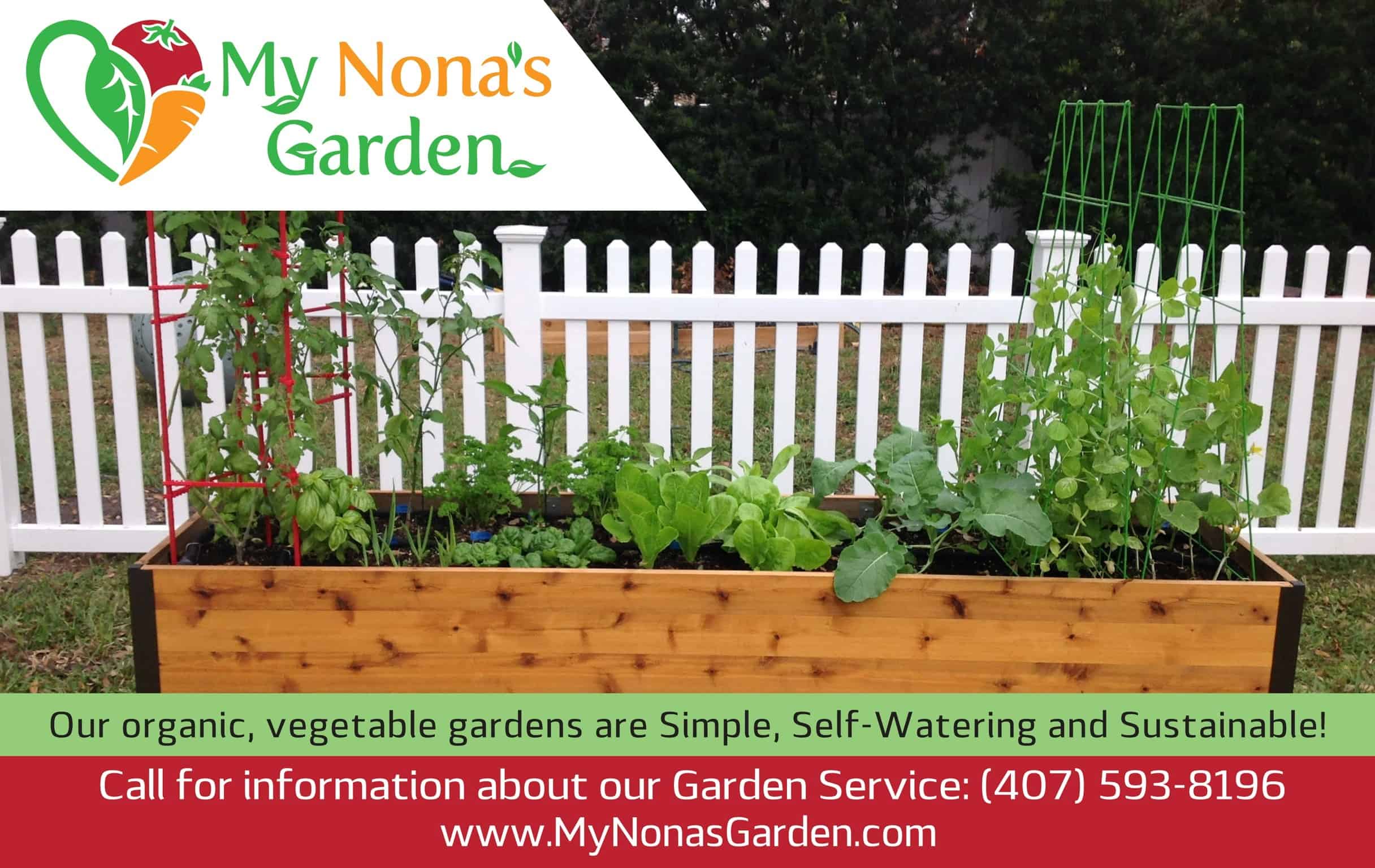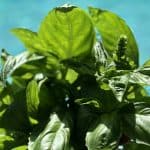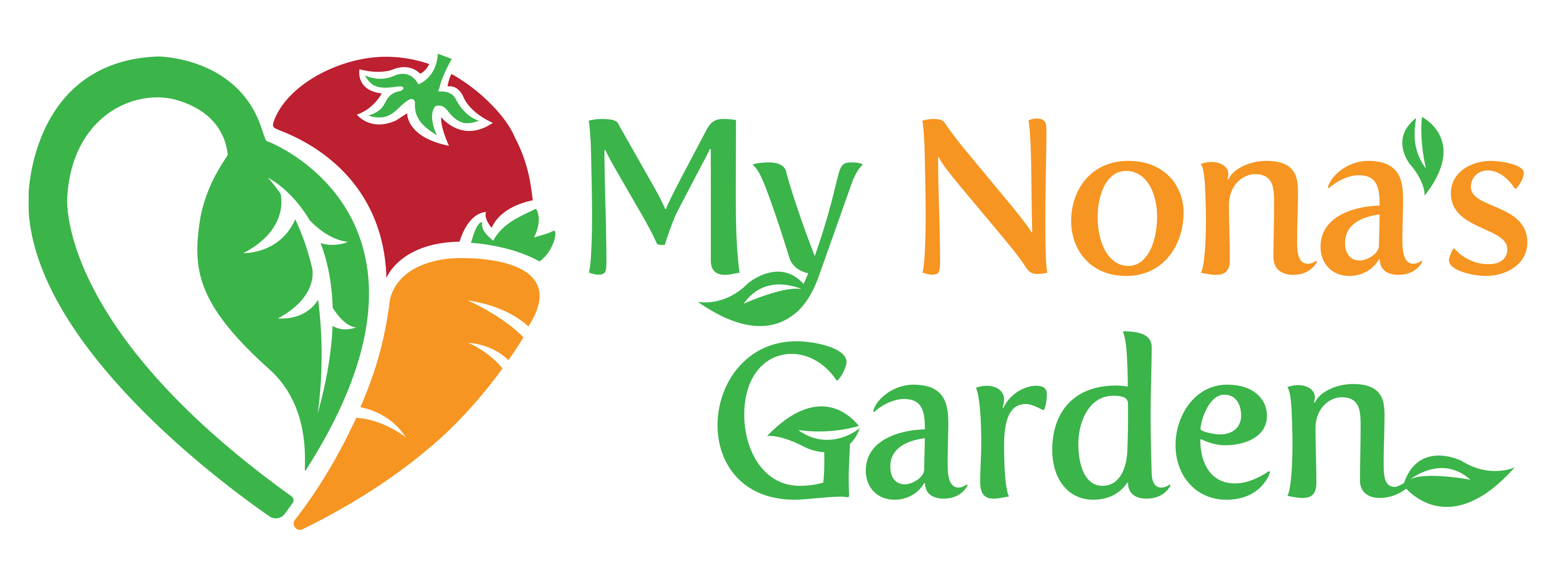
Since we already determined what to plant for the fall in previous editions, now it’s time to discuss how to get the highest yield of vegetables out of your autumn harvest. In Florida, we take a unique approach to harvesting fall vegetables because our vegetable-growing season is actually six months long. It begins in September and continues until the end of February. There are some tips and tricks to use in order to get the most out of your fall vegetable harvest.
There are several ways to get multiple harvests out of the long Florida fall season such as using plants that continue to produce for most of the season, using succession planting, and growing or using starter plants.
Tomatoes and peppers continue to produce for most of the season but are not a traditional fall crop. We can get away with growing them in our region into the fall as long as we take special care during a freeze or a frost. They need to be covered with at least a sheet for a frost and gardening fabric for a hard freeze. Since we can’t predict how cold the season will be, it’s best to play it safe and just get the protective frost cloth. It is breathable and allows the sun in so the cloth can be left on the garden for multiple days in a row to protect any delicate plants. Herbs also typically fall into this category and need to be protected. These are examples of plants that continuously produce fruits and vegetables throughout the season. Keep in mind that most production slows in the coldest months, especially by February.
Succession planting works well for greens like lettuce and bok choy as well as carrots. The lettuce and bok choy can 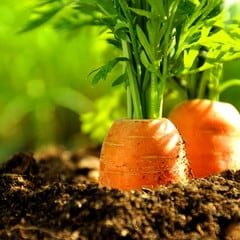 either be harvested by the leaf or by the head. If you don’t need the whole lettuce head, you only harvest several leaves at a time. The lettuce will continue to grow up and produce more leaves. You can cut the lettuce head at the base and leave the roots and a stump, and the head will simply grow back. The other option is to replant and grow a new lettuce head. The carrots are one-and-done, and they take up to three months to harvest. In these scenarios, succession planting is key. That is where you plant an initial crop of lettuce or carrots and then two to four weeks later, depending on when you want to harvest them, plant more. Then, whenever it’s time to harvest, just replace what is harvested with new seeds for a continuous harvest.
either be harvested by the leaf or by the head. If you don’t need the whole lettuce head, you only harvest several leaves at a time. The lettuce will continue to grow up and produce more leaves. You can cut the lettuce head at the base and leave the roots and a stump, and the head will simply grow back. The other option is to replant and grow a new lettuce head. The carrots are one-and-done, and they take up to three months to harvest. In these scenarios, succession planting is key. That is where you plant an initial crop of lettuce or carrots and then two to four weeks later, depending on when you want to harvest them, plant more. Then, whenever it’s time to harvest, just replace what is harvested with new seeds for a continuous harvest.
Broccoli, cauliflower, and carrots are typically one-and-done. When you harvest broccoli, you cut it out at the base of the head. Then for the next four to six weeks, individual flowerets will continue to grow and provide a couple of side 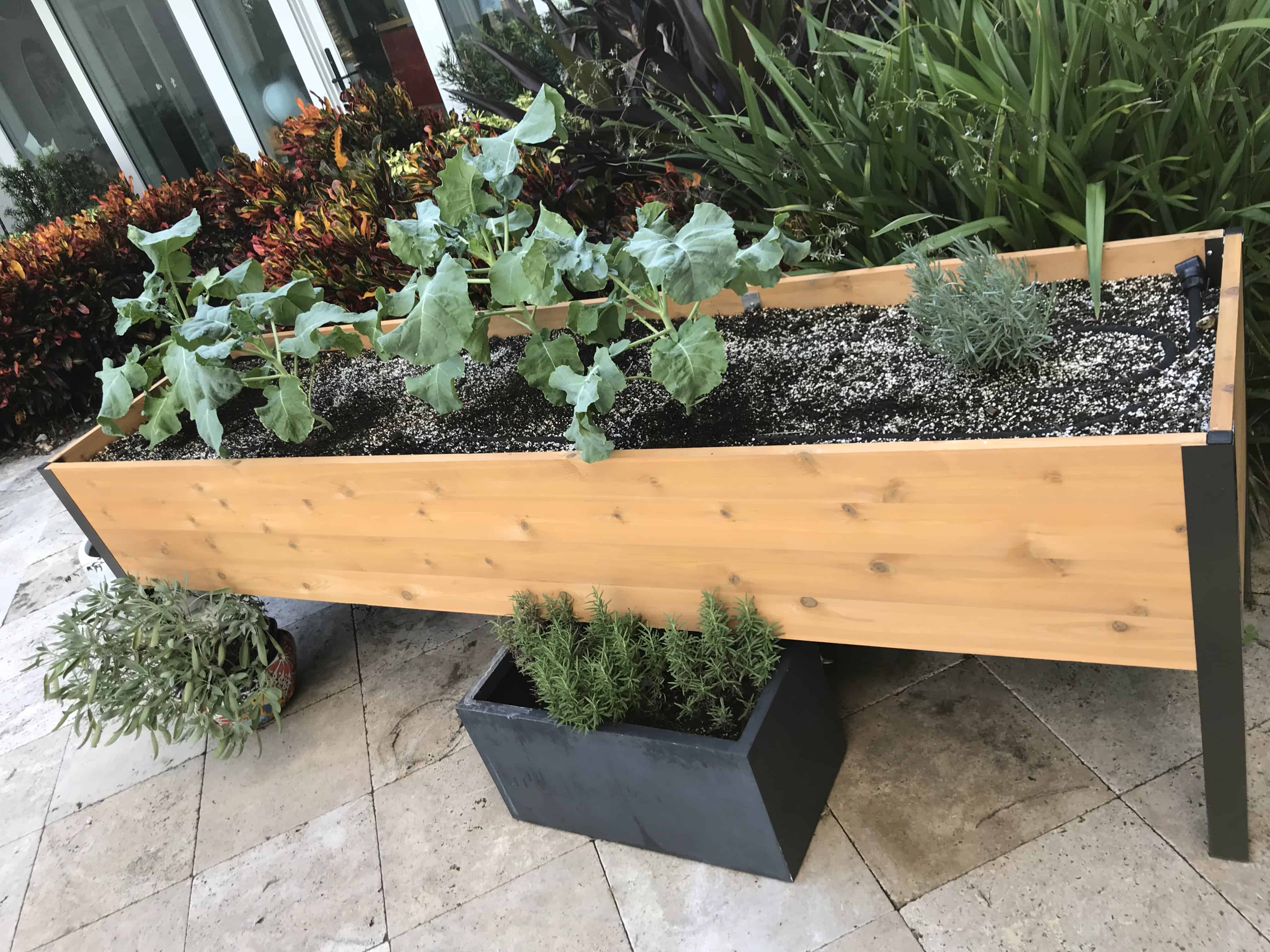 dishes for you. Broccoli is quite large and can take up to four square feet in a garden. Cauliflower is truly one-and-done. You harvest the head, and that’s the end of the plant. The full process from seed to harvest takes two-and-a-half to three months. Since we have six months, we can actually plant two rounds of broccoli and cauliflower one after another for the fall season.
dishes for you. Broccoli is quite large and can take up to four square feet in a garden. Cauliflower is truly one-and-done. You harvest the head, and that’s the end of the plant. The full process from seed to harvest takes two-and-a-half to three months. Since we have six months, we can actually plant two rounds of broccoli and cauliflower one after another for the fall season.
Another way to ensure that you have time for two rounds of broccoli and cauliflower is by growing or using starter plants. The starter seed gets planted indoors under grow lights or outside about six weeks before the harvest of round one. This way, when you harvest your broccoli and the plant is done, you have another plant ready to replace it.
Be sure to make it out to local fall festivals and enjoy the time with family and friends. I hope your fall harvest fills your Thanksgiving holiday with excellent garden experiences and nutritious vegetables.
Amber Harmon is the Owner of My Nona’s Garden, where we sell and service low-maintenance, elevated, organic vegetable gardens. Our organization has a mission to bring health, promote growth and provide vegetable gardening education to local communities, one garden at a time. Visit www.MyNonasGarden.com for more information.
“We make organic vegetable gardening easy!”
